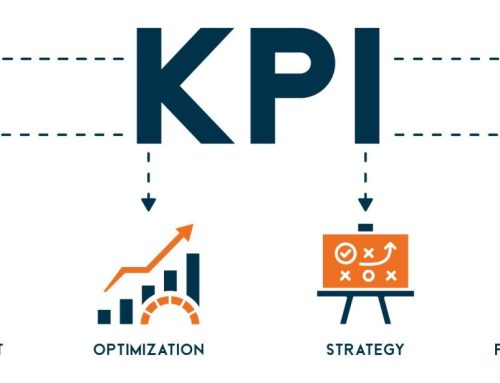Google Analytics is imperative for any marketer: it allows us to measure the effectiveness of campaigns, diagnose problem areas in our marketing funnels, and gives us deep insight into how users are discovering and interacting with our websites. To adapt to changes in behavior and technology, Google is constantly updating how analytics gathers and presents data, and starting on July 1st, 2023, they will be stopping support for the long running Universal Analytics and migrating all platforms to the new Google Analytics 4.
As with any large change in technology, changing to Google Analytics 4 will take some time and training to learn and master, just like when Universal Analytics was released. In this month’s Vortex Marketing Blog, we will go over some of the key differences between the two platforms!
Sessions Are Measured Differently
The main difference between Universal Analytics and Google Analytics 4 is how data is measured and gathered. In Universal Analytics, users were segmented into views called sessions and pageviews.
However, Google Analytics 4 is focusing less on what a user does on your website in one visit, and instead shifting to the overall life cycle of a user. This means statistics will be measured as events, with more emphasis on how a user finds your website and how they interact with it over a specified period of time.
This means that you will get a much larger picture of what your users are doing and who they are, giving you more context instead of focusing on individual visits or sessions.
Bounce Rate is Now Engagement Rate
Historically, bounce rate was one of the most useful stats to look at when determining if your marketing funnel is effective and to help diagnose problem areas on your website. If you noticed a landing page had a high bounce rate, you could infer that the layout, calls to action, design, or other factors on the page were stopping users from continuing down your funnel.
In Google Analytics 4, bounce rate has been changed to engagement rate. Engagement rate is essentially the same stat, but reversed. Whereas bounce rate was the percentage of users that reached the page and didn’t interact with anything before leaving, engagement rate is the percentage of users that reached the page and interacted with something, such as clicking a link, filling out a form, or visiting another page.
The difference here isn’t major, but something to keep in mind after you have migrated platforms!
No Automated Reporting Email Tools
One feature of Universal Analytics that we utilized for all of our clients was the ability to generate weekly reports and email them to designated addresses. This helped not only with keeping everyone on the same page regarding website performance, but helped with transparency and keeping our clients in the loop.
However, as of the publishing of this blog post, Google Analytics 4 still does not have automated email reporting. It is currently one of the most requested features, and Google claims to be working on it, but the fact that this key feature is missing has inconvenienced marketers since Google Analytics 4’s inception.
While there are other methods to generate and email reports, such as Data Studio, that we have set up for our clients, the built-in reporting and emailing of Universal Analytics was simple to set up and tweak. Here’s hoping that it eventually gets added back.
Looking for assistance analyzing your website traffic? Having issues with your new marketing funnel and need help? Contact Vortex Digital Business Solutions today or call 319.621.0191.









